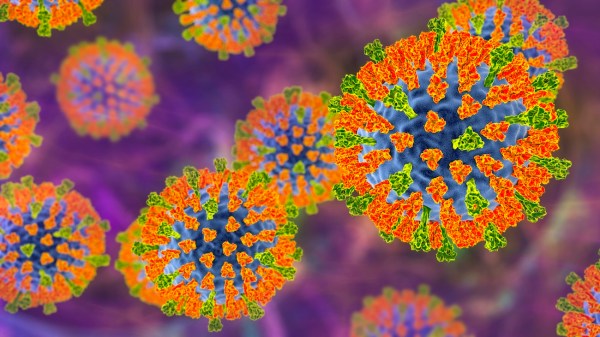North Dakota officially rolls out health information network

North Dakota on Wednesday officially rolled out the North Dakota Health Information Network that connects electronic health record systems across the state in an effort to better share health information.
The network should get plenty of use as North Dakota ranks first in the nation when it comes to sharing health records. A total of 83 percent of physicians already use EHR systems capable of connecting to the NDHIN.
“By strengthening the quality and accessibility of health care in our state, we enhance the livability of our communities and the quality of life of our people,” North Dakota Gov. Jack Dalrymple said. “Sharing electronic health records is an important part of those efforts, enhancing patient care while reducing healthcare costs.”
This year, 100 percent of North Dakota hospitals have indicated they will go live with their EHR systems, according to state officials.
In 2013, nearly half of the state’s long-term care facilities reported an active EHR system, with an additional 33 percent indicating they would go live within 2.5 years of North Dakota’s public health units indicated having, or were in the process of implementing, an EHR.
“This is an important investment in the quality of health care in North Dakota,” said Sheldon Wolf, NDHIN director. “The North Dakota Health Information Network allows providers secure access to the medical information necessary to provide quality health care anywhere and anytime.”
North Dakota’s Health Information Technology office was established in 2009 by the state legislature. The Health Information Technology Advisory Committee was also established to make recommendations for implementing a statewide interoperable health information infrastructure.
Since its inception, the state has invested $10 million in a revolving loan fund through the Bank of North Dakota to help providers develop systems compatible with the statewide network.
The initiative was funded by a federal grant of $5.3 million with a match provided by the state. The network went live earlier this year and will continue to expand over the next several years.






